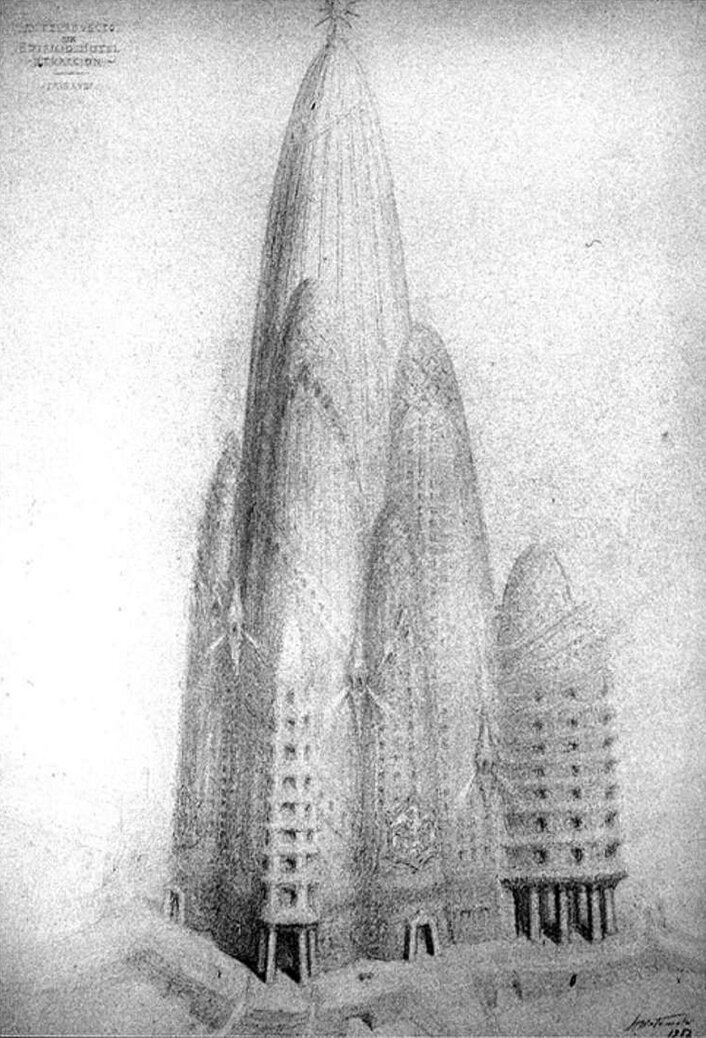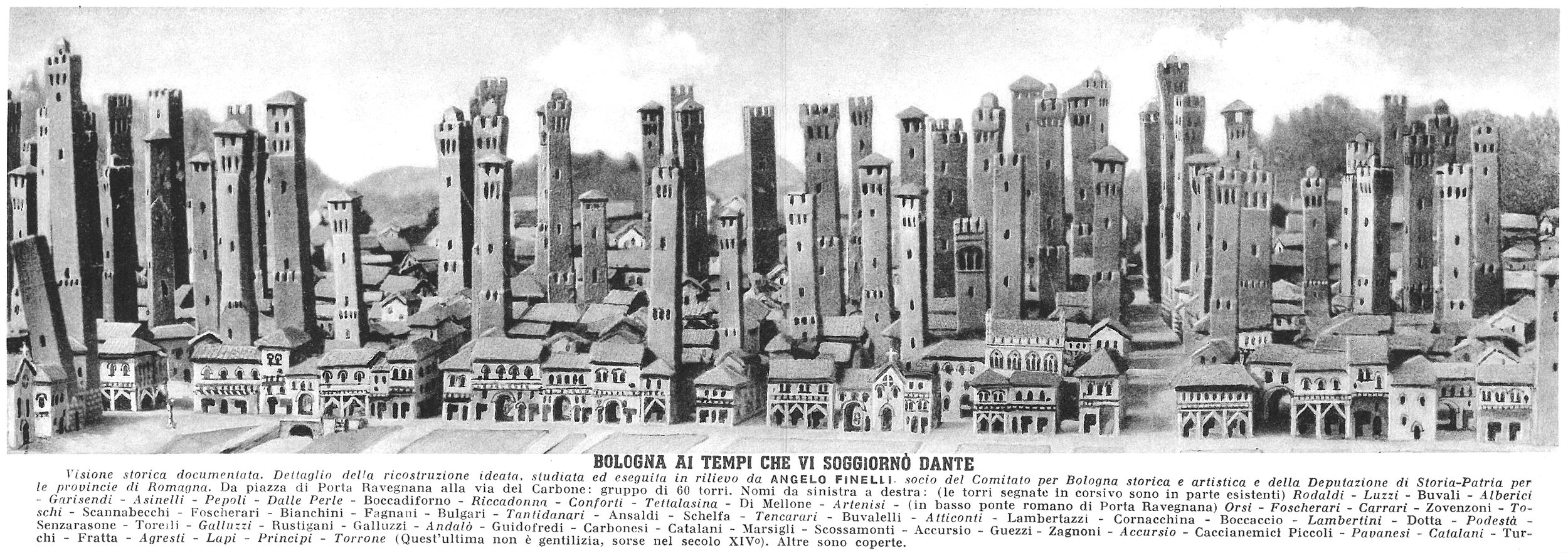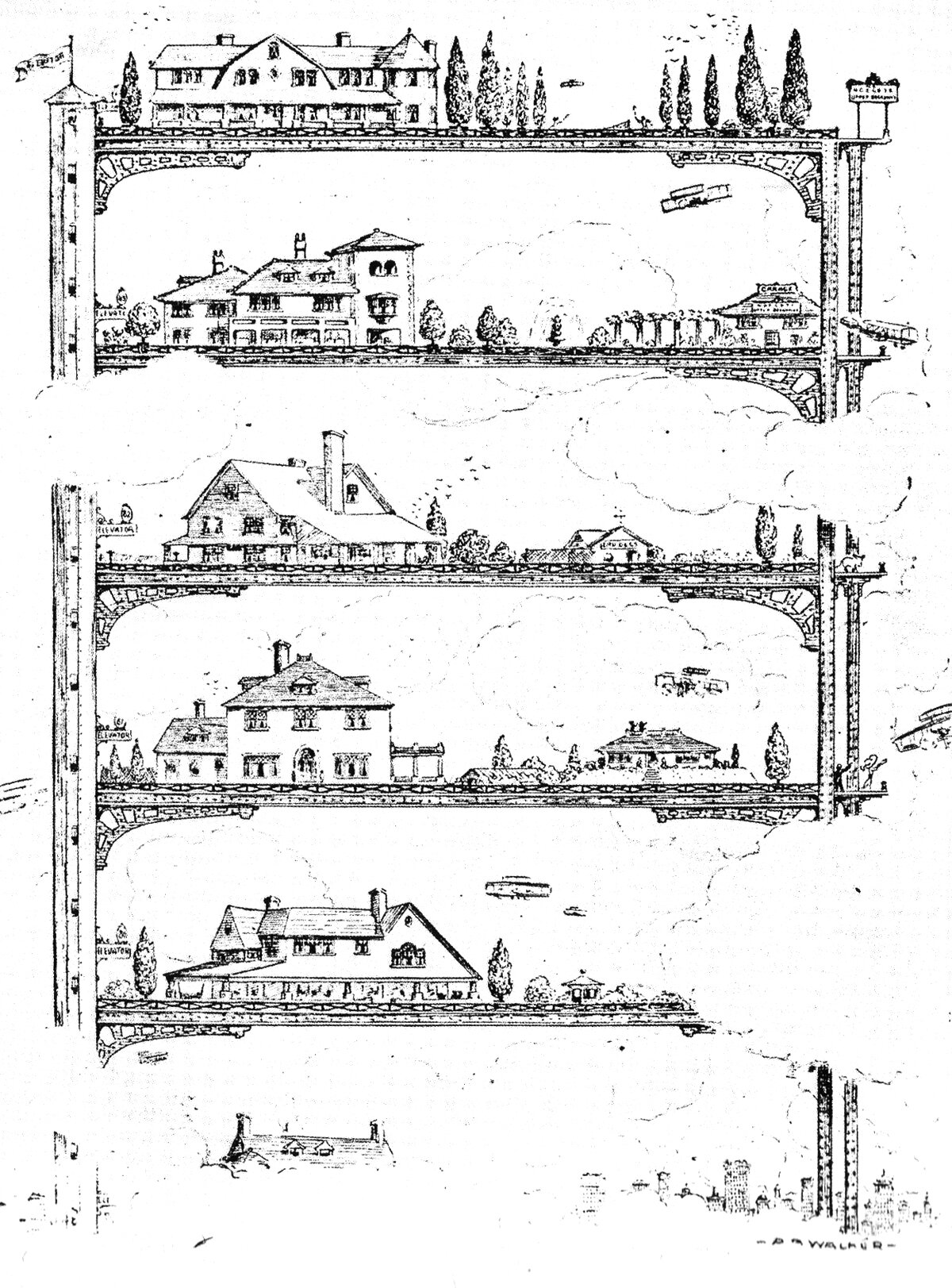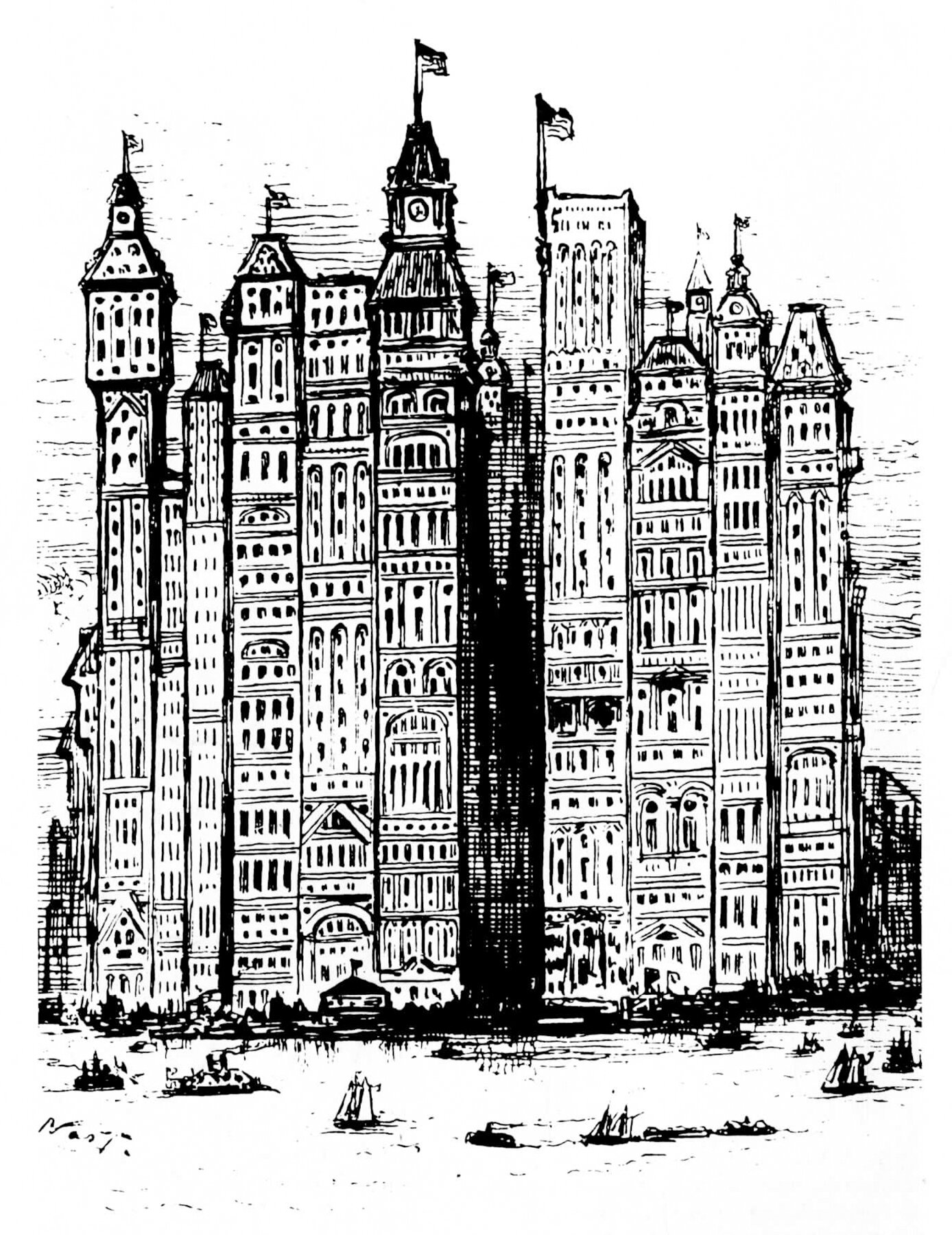Welcome to On Verticality. This blog explores the innate human need to escape the surface of the earth, and our struggles to do so throughout history. If you’re new here, a good place to start is the Theory of Verticality section or the Introduction to Verticality. If you want to receive updates on what’s new with the blog, you can use the Subscribe page to sign up. Thanks for visiting!
Click to filter posts by the three main subjects for the blog : Architecture, Flight and Mountains.
Antoni Gaudí's New York Skyscraper
The Spanish architect Antoni Gaudí is known the world over for his iconic architecture, rich in organic, curvilinear forms. One lesser-known project of his is the Hotel Attraction. It was designed in 1908 for an unspecified site in Lower Manhattan, New York City. The project would have housed a hotel, restaurants, theatre hall, exhibition hall, galleries, and a panoramic lookout at the top, called the 'Space Tower'. If built, it would have been 360 meters, or 1,181 feet tall.
Terracing and the Green Machine
Making meaningful green spaces in high places
Two things that every human being needs are to escape the surface of the earth through Verticality, and to be around plants and vegetation. Ever since the beginnings of permanent shelter and architecture, humans have been attempting to escape the surface by creating and inhabiting high places. We’ve also been repeatedly trying to recreate the experience of the surface by linking these spaces with greenery.
Bologna Rising
Here's a forest of towers in the Italian town Bologna, from the early 20th century. These towers were built as extensions of private homes for wealthy families. Their exact purpose isn't quite clear, but most likely it was a combination of status symbols and as means of defense during uncertain times. The image is quite compelling, with the forest of needle-like towers poking out above the lower buildings of the town below.
Stacking Suburbia
One of the major challenges with the high places we construct is that we're built for a surface-based existence. The surface is where the action is, and it's where our species has lived and evolved since before we colonized the world. Even the Ancient Romans called their six- to seven-story apartment buildings insulae, which is Latin for island, symbolizing the isolation that comes with living and working away from the surface. The advent of the modern skyscraper brought with it the possibility of living and working far, far away from the surface, which creates a special set of problems. How can we recreate the variety of the surface in the sky?
Skylines As Value Indicators
Take a look at this 1881 Cartoon by Thomas Nast for Harper’s Weekly titled New York A Few Years from Now. Nast shows the southern tip of Manhattan Island, jam-packed with a phalanx of skyscrapers. The buildings are pushed so close together it’s hard to imagine where the streets are. Back in the shadows, you can just make out the spire of Trinity Church, which at the time was the tallest building in the country. Nast is being hyperbolic, of course, but the reality of most modern cities isn't far off.
High Places
Why do members of our species choose to climb mountains and seek out the highest places as a hobby or game? Seemingly, no other incentive exists other than the experience of being at the summit. As children, tree climbing and games like 'King of the Hill' illustrate our innate need to seek out the highest places for ourselves. Everywhere on the planet, high land is valued much more than low land, and those who 'occupy the high ground' nearly always have a distinct advantage over those who don't. Many of our most primitive towns and villages were located at high points in the landscape, and in modern cities, apartments or offices on the highest floors of buildings are the most coveted.






